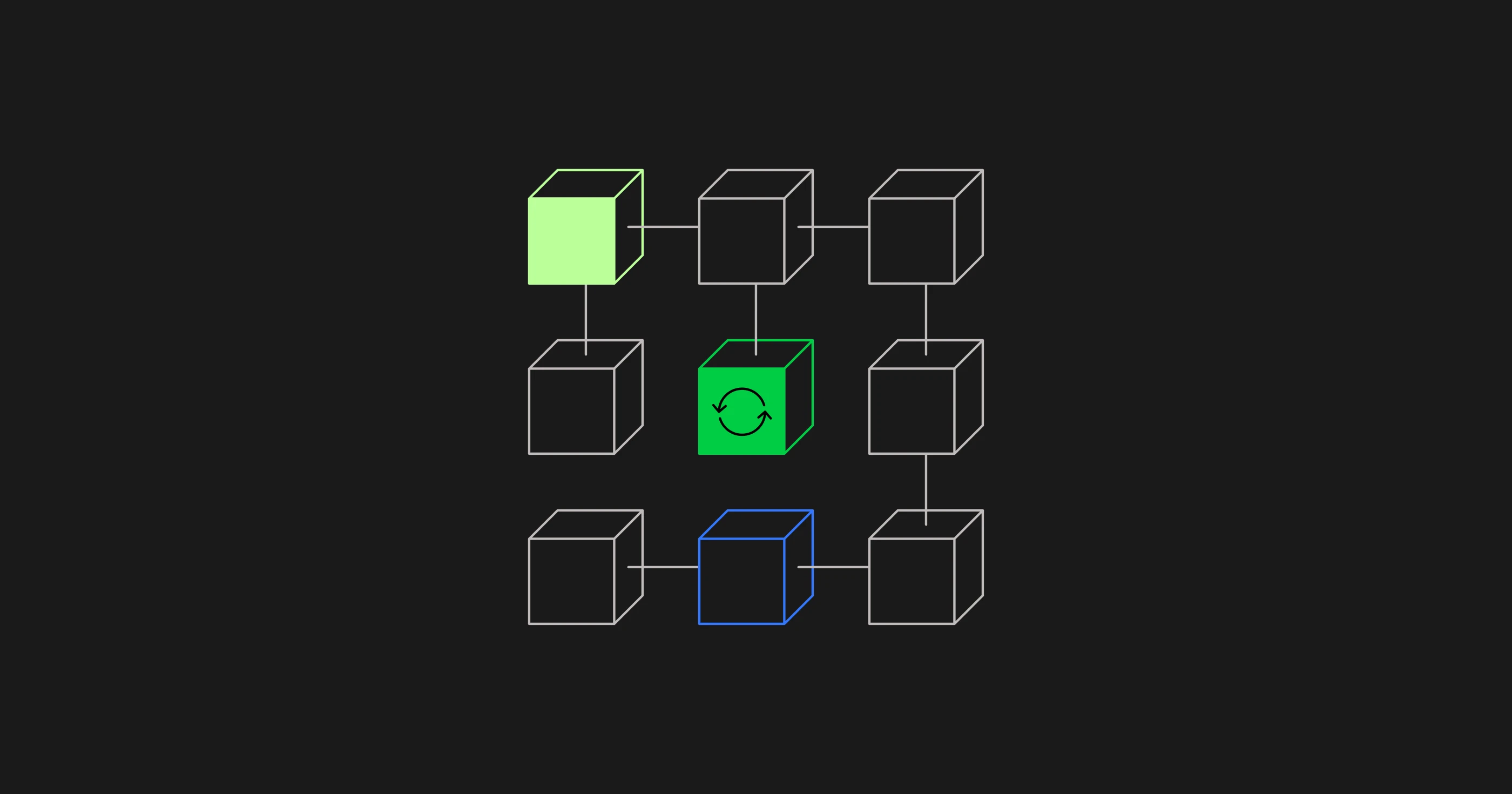Imagine a world in the past when software testing was a monotonous, manual process, where testers had to tirelessly click through interfaces and repeat the same actions over and over again. This cumbersome reality was once the norm, but with the advent of test automation frameworks, a revolution has swept through the software industry. These new frameworks have transformed the testing process into an efficient and streamlined process. It frees testers from having to do repetitive tasks and it allows them to focus on more strategic initiatives.
Continue reading this article to find out more about test automation frameworks, discover their types, see some examples, and learn about their importance in the contemporary SDLC cycle.
Definition of test automation frameworks
A test automation framework is a structured set of guidelines, tools, and libraries that facilitate the design, development, execution, and maintenance of automated test scripts.
Just as chefs rely on their kitchen tools to create culinary masterpieces, testers depend on test automation frameworks to craft high-quality test scripts. These frameworks, like the various kitchen utensils a chef uses, provide a range of tools and libraries that enable testers to construct well-organized and maintainable test scripts.
Types of test automation frameworks

The test automation framework landscape is diverse and it offers a variety of options that can be tailored to different testing needs and preferences. Here are the most common types of test automation frameworks:
- A linear automation framework is the simplest and most straightforward type of framework. It follows a sequential structure, where test cases are executed in a predefined order. This framework is suitable for small, well-defined test suites and it is easy to understand and implement.
- A modular-based testing framework is a modular-based testing framework that promotes code reusability by organizing test scripts into modular units, each representing a specific test step or functionality. This framework is ideal for complex test suites with repetitive tasks because it enables efficient test creation and maintenance.
- A keyword-driven testing framework utilizes keywords to represent test actions, abstracting the underlying implementation details. This approach simplifies test creation and maintenance which makes it suitable for non-technical testers and for environments with limited programming expertise.
- A data-driven testing framework separates test data from test scripts, which allows the same test case to be executed with different data sets. This approach is particularly useful for testing scenarios that involve various data combinations because it ensures thorough test coverage.
The best test automation frameworks
Carina
Carina is a Java-based open-source test automation framework that unites all testing layers: mobile applications (web, native, hybrid), web applications, REST services, and databases. It is built on top of popular open-source solutions like Selenium, Appium, and TestNG which allows it to reduce dependence on specific technology stacks.
The Carina framework provides a modular architecture that allows for the easy creation and maintenance of test suites and it has data-driven testing capabilities. It also supports cross-platform execution, which allows you to run your tests on various devices and operating systems.
| Pros | Cons |
|---|---|
| Reduced testing time. Carina can automate many of the repetitive tasks that are involved in manual testing. It frees up testers to focus on more complex tasks. | A steep learning curve. This can make it difficult for testers to get started with the framework. |
| Improved test coverage. Carina can help you achieve greater test coverage by automating tests that would normally be difficult or time-consuming to execute manually. | Maintenance. Carina can be difficult to maintain, especially as your test suite grows. |
| Improved software quality. Carina can help you identify and fix bugs early-on in the development process, which results in higher-quality software. | Limited documentation. Carina’s documentation is not as comprehensive as it could be. This makes it more difficult for testers to find the information they need. |
| The possibility to use the same test automation code for all required platforms if application logic is similar. Only page objects should be written based on the platform (iOS, Android, Web, etc). It’s the same for device types – mobile or tablet. | Complexity.Page object hierarchy may look complex. |
Cypress
Cypress is a JavaScript-based end-to-end testing framework that runs within the browser and it communicates directly with the DOM. It is designed to be easy to use and powerful, and it offers a number of features that make it a popular choice for testing modern web applications.
| Pros | Cons |
|---|---|
| Fast and reliable.Cypress tests run within the browser, which means they are not subject to the same performance limitations as other E2E testing frameworks. | Limited support.Cypress is a relatively new framework, and it does not have the same level of community support as some of its more established competitors. |
| Ease of use.Cypress has a simple and intuitive API that makes it easy to write tests. It also comes with a number of helpful tools, such as a visual debugger and an automatic screenshot capture tool. | Not suitable for all types of testing. Cypress is primarily designed for E2E testing. It is not suitable for unit testing or integration testing. |
| Powerful.Cypress offers a number of advanced features, such as the ability to time travel through your application and it has the ability to stub out network calls. This makes Cypress a powerful tool for testing complex web applications. |
Selenium
Selenium is a set of open-source tools for automating web browser interactions. It supports a variety of programming languages and it can be used to automate all kinds of web-based applications.
| Pros | Cons |
|---|---|
| Free and open-source.Selenium is free to use and distribute, which makes it a cost-effective solution for test automation teams. | Requires technical expertise.Selenium requires some technical expertise to set up and use. |
| Cross-browser compatibility.Selenium can be used to automate tests on a variety of browsers, including Chrome, Firefox, Safari, and Edge. | Not an all-in-one solution.Selenium is a tool for automating web browser interactions, but it does not include other features such as test reporting or test management. |
| Language independence. Selenium supports a variety of programming languages, which makes it easy to integrate with existing test automation frameworks. | Possibility of slowness.Selenium can be slow, especially when it automates complex tests. |
| Large support network.Selenium has a large and active community of developers who contribute to the project and provide support. |
Appium
Appium is an open-source test automation framework that facilitates UI automation for native, hybrid, and web apps on iOS and Android platforms. It employs a client-server architecture, where the client communicates with the server using JSON commands to interact with the app under test. Appium’s flexibility and cross-platform compatibility make it a popular choice for mobile app testing.
| Pros | Cons |
|---|---|
| Cross-platform compatibility.Appium supports both iOS and Android platforms that enable testers to write test scripts that run on both platforms without having to make any significant modifications. | Initial setup and complexity. Appium’s setup process can be complex initially, because it requires the installation of various components and configuration of devices or emulators. |
| Open-source and free. Appium is an open-source project. This makes it freely available for use and modification. Its openness fosters a vibrant community that contributes to its development and support. | Performance limitations. Appium’s performance can be impacted by the complexity of the app that’s being tested and by the capabilities of the device or emulator being used. |
| Flexibility and extensibility. Appium’s architecture allows for customization and extension which enables testers to integrate it in with their existing testing infrastructure and tools. | Limited support for certain app types. Appium’s support for certain app types, such as games and apps with complex UI elements, can require additional configuration or workarounds. |
| Wide language support. Appium supports a variety of programming languages, including Java, Python, JavaScript, Ruby, and PHP. This makes it accessible to a broad range of developers and testers. | Maintenance and updates. As an open-source project, Appium’s maintenance and updates rely on the community. Testers need to stay up-to-date with the latest releases and address compatibility issues that might arise. |
Cucumber
Cucumber is a popular open-source test automation framework that supports behavior-driven development (BDD). BDD is a software development approach that emphasizes collaboration between developers, testers, and business stakeholders to define the desired behavior of a software system. This approach is done with Gherkin, which is a plain-text language that resembles natural language. Cucumber allows you to write test scenarios in Gherkin, which can then be executed by Cucumber to verify that the software behaves as expected.
| Pros | Cons |
|---|---|
| Ease of use.Gherkin is a relatively easy-to-learn language, making Cucumber accessible to non-technical users, including business stakeholders and testers. | Initial setup.Setting up Cucumber for a project can be complex, especially for large or complicated applications. |
| Collaboration.Cucumber fosters collaboration between different stakeholders by providing a common language for describing the desired behavior of a system. | Learning curve.While Gherkin is relatively easy to learn, mastering Cucumber’s features and syntax might require some effort. |
| Readability.Cucumber test scenarios are written in plain text, which makes them easy to read and understand for both technical and non-technical users. | Tooling.Cucumber’s tooling ecosystem is not as mature as some other testing frameworks, such as JUnit or TestNG. |
| Maintainability.Cucumber test scenarios are decoupled from the implementation code which makes them easier to maintain as the codebase evolves. | Limited integration.Cucumber’s integration with other testing tools can be limited compared to more mainstream frameworks. |
| Living documentation.Cucumber test scenarios can serve as a living documentation of the system’s behavior. This helps ensure that the documentation stays up-to-date with the code. |
The differences between test automation tools and test automation frameworks
Distinguishing between test automation frameworks and test automation tools can be confusing, as both terms are often used interchangeably. However, there is a clear distinction between the two concepts.
Test automation frameworks provide a structured approach to designing, developing, executing, and maintaining automated test scripts. They offer a set of guidelines, libraries, and tools that facilitate code organization, reuse, and maintainability. Popular examples include Robot Framework, Selenium, and Appium.
On the other hand, test automation tools are specific software applications that perform specific testing tasks, such as recording user interactions, generating test data, and simulating network conditions. They are often used within a framework to automate specific functionalities. Examples include UFT, SoapUI, and JMeter.
In simpler terms, a test automation framework is the blueprint for building automated tests, while test automation tools are the bricks-and-mortar used to construct those tests. The framework provides the structure and organization, while the tools perform the actual testing actions. For more details on the differences, see the following table below.
| Feature | Test Automation Framework | Test Automation Tool |
|---|---|---|
| Definition | A set of guidelines, libraries, and tools that facilitate code organization, reuse, and maintainability for automated testing. | A software application that performs specific testing tasks, such as recording user interactions, generating test data, and simulating network conditions. |
| Purpose | Provides a structured approach to designing, developing, executing, and maintaining automated test scripts. | Automates specific testing functionalities within a framework. |
| Focus | The overall structure and organization of automated tests. | Individual testing actions and tasks. |
| Examples | Robot Framework, Selenium, Appium | UFT, SoapUI, JMeter |
| Analogy | A blueprint for building a house | The bricks and mortar that are used to construct a house |
Conclusion
Test automation frameworks have revolutionized the software testing landscape. They enable organizations to streamline testing processes, enhance software quality, and accelerate product delivery. At Solvd, we understand the importance of test automation and we use a range of cutting-edge frameworks in order to ensure the highest levels of quality in our products and services. By embracing test automation, we have not only improved our testing efficiency but we have also empowered our teams to focus on innovation and continuous improvement. As the demand for high-quality software continues to grow, test automation frameworks will undoubtedly play a crucial role in driving successful software development.
Frequently Asked Questions
Selenium is widely considered to be the most popular automation testing framework due to its open-source nature, cross-browser compatibility, and support for many programming languages. Its flexibility and extensive community support make it a multi-functional tool for many different testing scenarios.
Test automation frameworks provide a structure and set of tools for automating software testing processes. They simplify test script creation, execution, and management, all of which allow for efficient and repeatable testing.
Numerous frameworks are suitable for API automation testing. Postman is a popular choice due to its user-friendly interface and comprehensive features for API testing, including test case creation, execution, and reporting. Other options include Rest Assured, Robot Framework, and Karate Framework.
Selecting the appropriate test automation framework depends on various factors, which include project requirements, team expertise, and budget. Consider factors such as framework popularity, supported programming languages, cross-platform compatibility, community support, and integration with existing tools.





